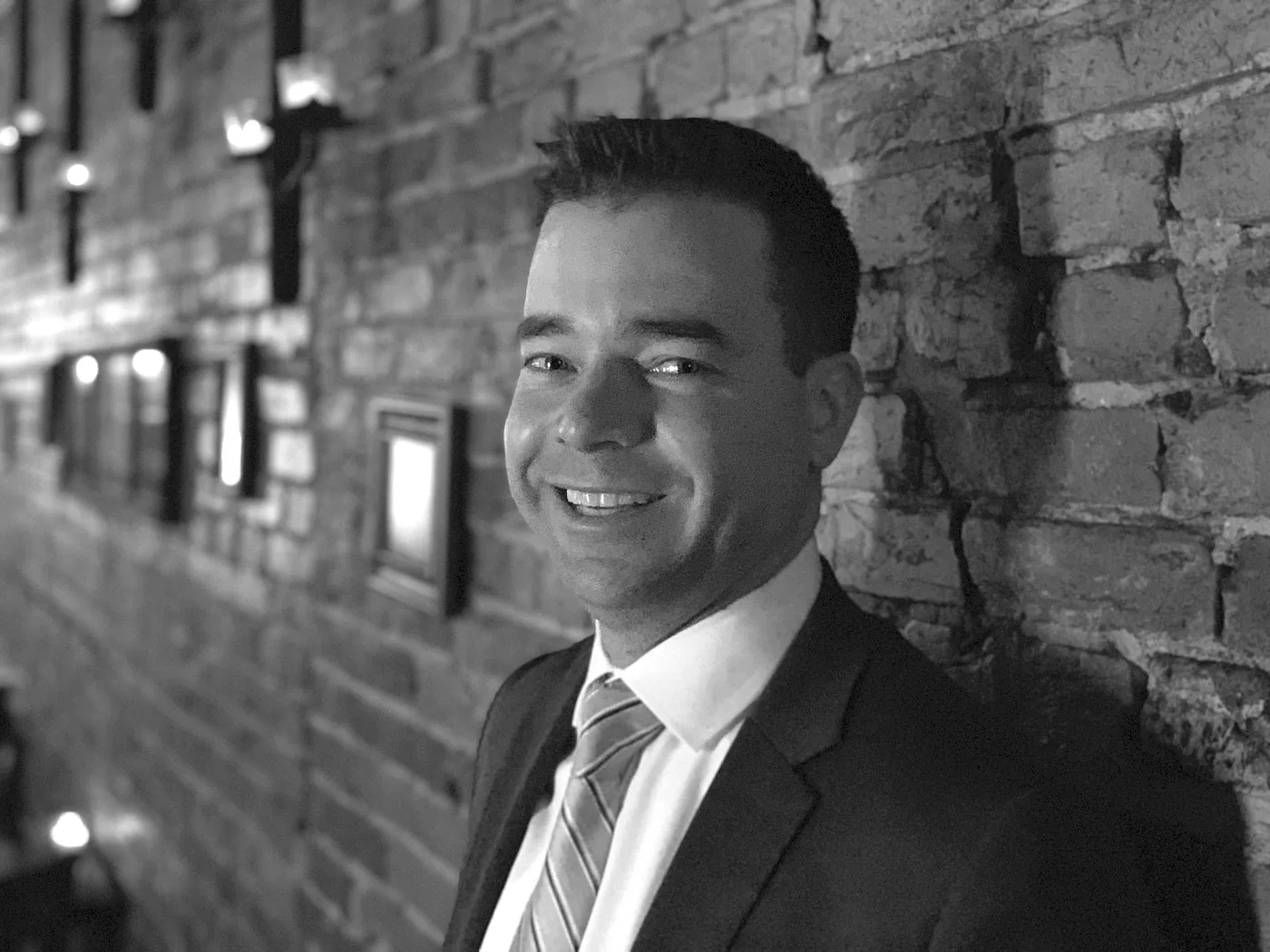
Education savings accounts are expanding equal opportunity

West Virginia Governor Jim Justice signed into law the nation’s most expansive K-12 education savings account program:
“Effective beginning in the 2022–23 school year, families who withdraw their children from public schools can receive a currently estimated $4,600 per-student, per-year for private- and home-schooling expenses. Families also may receive the money for newly school-aged children whom they never want to go to public schools.”
According to EdChoice, six states now have active K-12 ESA programs. These programs are improving equal opportunity in education by giving parents direct control over their child’s share of public education funding.
In 2005, I proposed government-funded ESAs as a new vehicle for expanding choice in education in a paper for the Goldwater Institute. And at the Heritage Foundation, I began calling for reforms to federal ESA programs, including expanding the allowable uses of so-called 529 accounts to include K-12 expenses.
Five years later, Dr. Matthew Ladner and other visionary education reformers in Arizona took the state-funded ESA concept and turned it into legislation that became law and created a new model for how children could be educated. Other states began following Arizona’s lead. And in 2017, Congress expanded the allowable uses of 529s to include K-12 expenses, thanks to legislation by Senator Ted Cruz and a decade of advocacy by Lindsey Burke and others at the Heritage Foundation.
In a 2019 article for RedefinEd, I discussed the backstory of how I came to develop these ideas, including how state-funded ESAs were a better vehicle than vouchers or tax credits to expand choice in education.
Back in 2005, I did not imagine that a global pandemic could cause a yearlong disruption to American public education. But the past year has demonstrated why providing education funding directly to parents is critical to ensure that all children, particularly those from lower-income households, have an equal opportunity to learn outside of school.
Looking forward, more states should follow West Virginia’s lead by establishing broad ESA programs that give parents the ability to provide a high-quality learning program customized to their child’s specific needs.
Moving forward, policymakers should implement other reforms to use education savings accounts to promote equal opportunity. As I wrote for FREOPP last summer, rich families spend about $8000 more per child on outside-of-school enrichment than poor families. There is growing evidence that making early investments in children’s savings accounts for education can lift children’s expectations and benefit families.
Following the pandemic, federal and state policymakers have a responsibility to ensure that every child in the United States can recover from pandemic related learning losses and have an opportunity to receive a high-quality education. States like West Virginia that are establishing new parental choice programs are getting a head start.



 ">
">